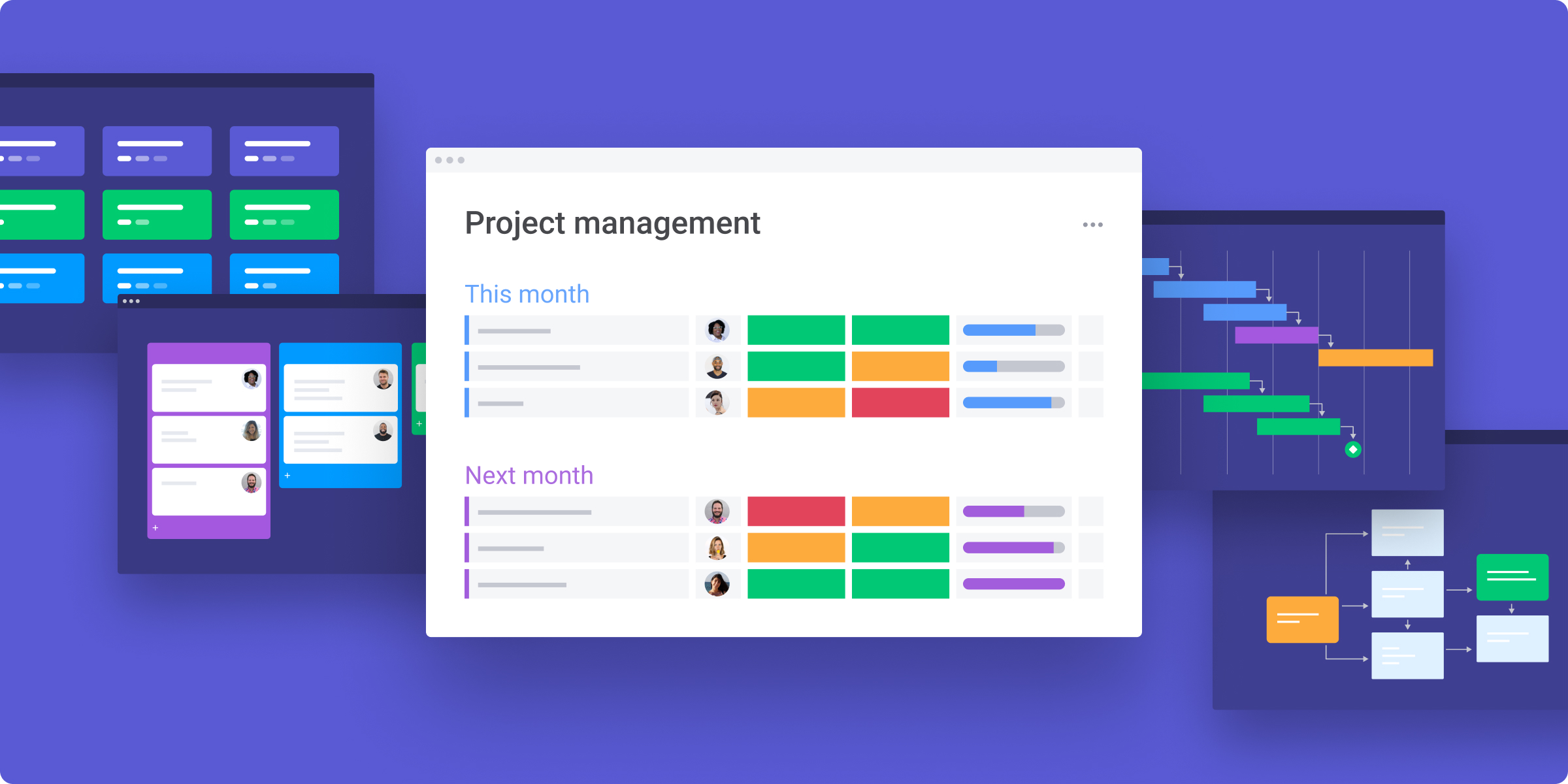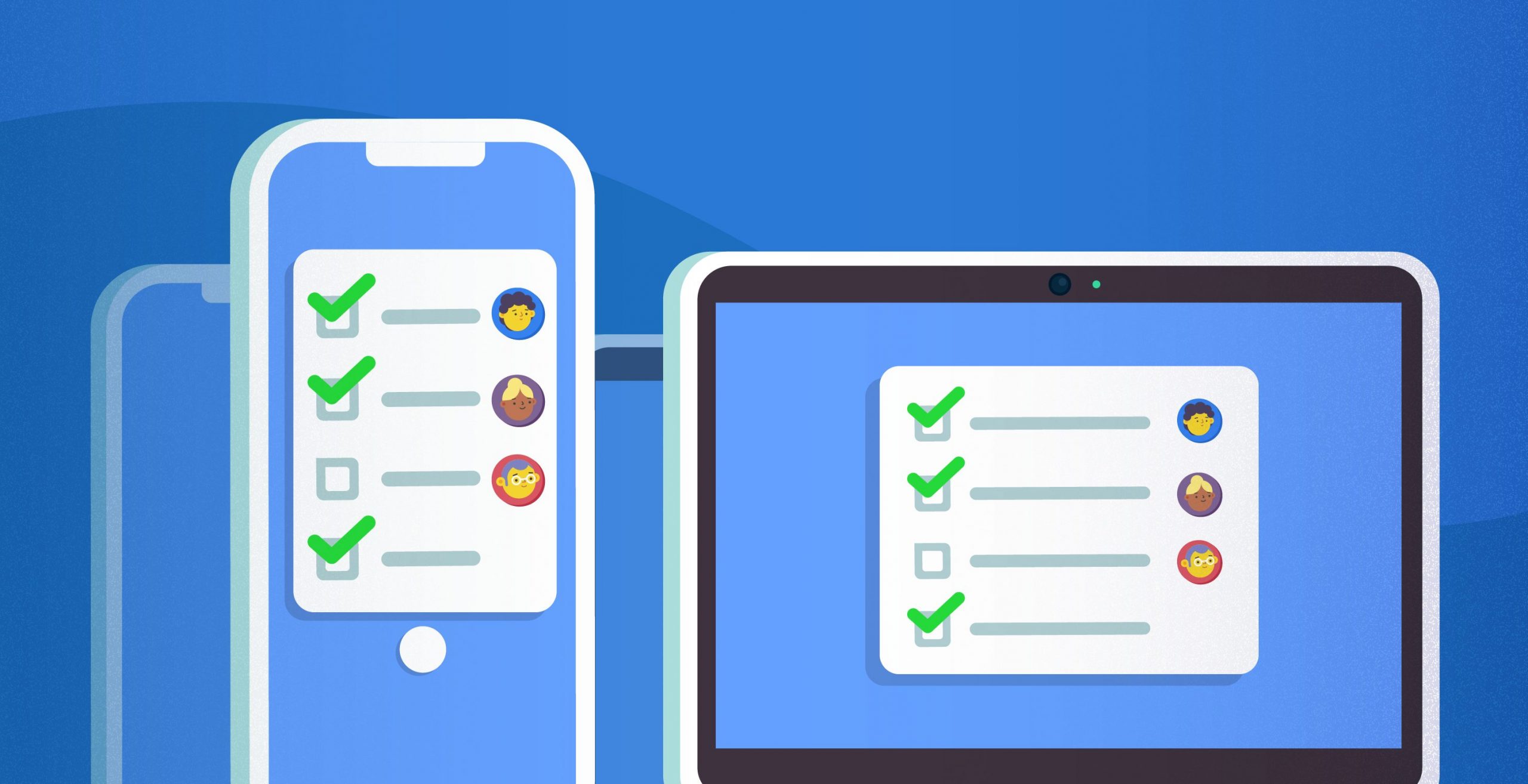Task Management Apps: Supercharge Your Productivity and Organization
Task management apps have emerged as indispensable tools in the modern digital landscape, empowering individuals and teams to streamline their workflow, enhance collaboration, and achieve peak productivity. From simple to-do lists to robust project management platforms, these apps offer a myriad of features and functionalities tailored to meet the diverse needs of users across various industries and use cases.
With the increasing complexity of tasks and the constant need to stay organized, task management apps have become essential for managing our busy lives. These apps not only help us keep track of our tasks but also provide valuable insights into our productivity patterns, enabling us to identify areas for improvement and maximize our efficiency.
Market Overview
The task management app market is experiencing significant growth, driven by the increasing demand for efficient and organized task management solutions. According to Statista, the global task management software market was valued at USD 4.95 billion in 2022 and is projected to reach USD 14.29 billion by 2029, exhibiting a CAGR of 13.4% during the forecast period.
This growth is attributed to the increasing adoption of remote work and distributed teams, as well as the growing need for collaboration and productivity tools. Task management apps offer a range of features such as task creation, assignment, tracking, and reporting, which help businesses streamline their workflows and improve efficiency.
Key Players and Market Share
The task management app market is highly competitive, with a number of established players and emerging startups. Some of the key players in the market include:
- Asana
- Trello
- Monday.com
- ClickUp
- Jira
Asana holds a significant market share, with a strong focus on collaboration and team communication. Trello is another popular option, known for its user-friendly interface and Kanban-style workflow management. Monday.com offers a customizable platform with a wide range of features, making it suitable for businesses of all sizes.
Features and Functionality: Task Management Apps

Task management apps provide a range of features and functionalities designed to streamline task organization, collaboration, and productivity. These features vary depending on the app, but some of the most common include:
- Task creation and management:Allows users to create, edit, and manage tasks, including setting deadlines, priorities, and assigning them to specific individuals or teams.
- Task organization:Provides tools for organizing tasks into lists, projects, or categories, making it easy to keep track of multiple tasks and their status.
- Collaboration and communication:Enables users to collaborate on tasks, share updates, and communicate with team members through features such as comments, file sharing, and video conferencing.
- Time tracking and reporting:Allows users to track the time spent on tasks, generate reports, and analyze productivity levels.
- Integration with other tools:Can integrate with other productivity tools such as email, calendars, and file storage services, providing a seamless workflow and reducing the need for multiple apps.
The benefits of these features include improved organization, increased productivity, enhanced collaboration, and better time management. However, some drawbacks to consider include the potential for feature overload, complexity, and the need for user training.
User Interface and User Experience
The user interface (UI) and user experience (UX) of a task management app play a critical role in its usability and adoption. A well-designed UI makes the app easy to navigate and use, while a positive UX ensures that users find the app enjoyable and engaging.
Some key factors to consider when evaluating the UI and UX of a task management app include:
- Intuitive navigation:The app should be easy to navigate, with a clear and logical structure that makes it easy for users to find the features they need.
- Visual appeal:The app should have a visually appealing design that is both aesthetically pleasing and functional.
- Customizability:The app should allow users to customize the interface to suit their preferences and workflow.
- Responsiveness:The app should be responsive and work well on a variety of devices, including smartphones, tablets, and desktops.
- Accessibility:The app should be accessible to users with disabilities, including those who use assistive technologies.
By carefully considering the features, functionality, and UI/UX of a task management app, users can choose the best tool to meet their specific needs and improve their productivity.
Integration and Compatibility

Task management apps have become an essential tool for individuals and teams to stay organized and productive. To enhance their capabilities, integration with other productivity tools is crucial. Integrations allow task management apps to seamlessly connect with other applications, such as email, calendars, file storage services, and collaboration platforms, creating a unified workflow and eliminating the need for manual data entry or context switching.
Successful integrations can significantly boost productivity. For example, integrating a task management app with an email client enables users to create tasks directly from emails, attach emails to tasks, and receive notifications for tasks assigned via email. Similarly, integrating with a calendar allows users to schedule tasks, set reminders, and view tasks alongside their appointments.
Cross-Platform Compatibility
While integrations enhance functionality, cross-platform compatibility ensures that task management apps can be accessed and used seamlessly across multiple devices and operating systems. This allows users to manage their tasks regardless of whether they are using a desktop computer, laptop, tablet, or smartphone.
However, achieving cross-platform compatibility can be challenging due to differences in operating systems, user interfaces, and hardware capabilities.
Pricing and Value Proposition

The pricing plans of task management apps vary widely depending on the features offered, the number of users, and the level of support. Some apps offer a free tier with limited features, while others charge a monthly or annual fee for access to more advanced features.
Some apps also offer discounts for multiple users or long-term subscriptions.
Factors to Consider When Choosing a Pricing Plan
- The number of users: Some apps charge per user, so the cost of your subscription will increase as you add more users.
- The features you need: Some apps offer a basic set of features for free, while others charge extra for more advanced features, such as project management, time tracking, and collaboration tools.
- The level of support you need: Some apps offer free support, while others charge for premium support options, such as phone support and dedicated account managers.
Value Proposition of Different Task Management Apps
The value proposition of a task management app is the unique set of benefits that it offers to its users. Some of the most common value propositions for task management apps include:
- Increased productivity: Task management apps can help users to be more organized and efficient, which can lead to increased productivity.
- Improved collaboration: Task management apps can make it easier for users to collaborate on projects, which can lead to better outcomes.
- Reduced stress: Task management apps can help users to reduce stress by providing them with a clear overview of their tasks and deadlines.
Emerging Trends
Task management technology is constantly evolving, with new trends emerging all the time. These trends are being driven by the increasing adoption of artificial intelligence (AI) and automation, as well as the development of new technologies, such as voice control and gamification.
One of the most significant emerging trends in task management is the use of AI and automation. AI can be used to automate a variety of tasks, such as scheduling appointments, sending reminders, and tracking progress. This can free up managers and employees to focus on more strategic tasks.
Artificial Intelligence and Automation
- Automates routine tasks, freeing up time for more complex work.
- Improves efficiency and productivity.
- Provides insights and recommendations based on data analysis.
Voice Control
- Allows users to manage tasks hands-free.
- Simplifies task creation and delegation.
- Enhances accessibility for users with disabilities.
Gamification
- Motivates users by turning task management into a game.
- Provides rewards and recognition for completing tasks.
- Increases engagement and productivity.
Another emerging trend is the use of voice control. Voice control allows users to manage tasks hands-free, which can be a major convenience. For example, users can create tasks, delegate tasks, and check off tasks simply by speaking to their device.
Finally, gamification is another emerging trend in task management. Gamification involves turning task management into a game, with rewards and recognition for completing tasks. This can help to motivate users and increase productivity.
Best Practices

Effective task management is crucial for productivity and success. Task management apps offer a range of features to streamline workflows, prioritize tasks, and track progress. By following best practices, you can maximize the benefits of these apps and enhance your productivity.
One key benefit of task management apps is the ability to create a centralized task list. This provides a clear overview of all your tasks, allowing you to prioritize and allocate resources effectively. By breaking down large projects into smaller, manageable tasks, you can avoid feeling overwhelmed and stay focused on completing one task at a time.
Strategies for Optimizing Productivity
- Set clear goals and priorities:Define the specific outcomes you want to achieve and prioritize tasks based on their importance and urgency.
- Use a task management app:Utilize task management apps to create a centralized task list, set deadlines, and track progress.
- Break down large tasks:Divide complex projects into smaller, manageable chunks to avoid feeling overwhelmed.
- Use the Eisenhower Matrix:Categorize tasks based on urgency and importance to focus on the most critical ones first.
- Delegate tasks:If possible, assign tasks to others to free up your time for more important responsibilities.
- Take breaks:Regular breaks can help improve focus and prevent burnout.
Minimizing Distractions
- Create a dedicated workspace:Establish a specific area for work to minimize distractions.
- Use noise-canceling headphones:Block out background noise to improve focus.
- Turn off notifications:Disable unnecessary notifications from apps and social media to avoid interruptions.
- Practice mindfulness:Pay attention to your thoughts and feelings to identify and eliminate distractions.
- Set boundaries:Communicate your work hours to others and politely decline distractions during those times.
Epilogue
As we navigate the ever-evolving digital landscape, task management apps will continue to play a pivotal role in our personal and professional lives. With the advent of cutting-edge technologies like artificial intelligence and automation, we can expect even more innovative and sophisticated features in the future, further enhancing our ability to manage tasks effectively and achieve our goals.
Clarifying Questions
What are the key benefits of using task management apps?
Task management apps offer numerous benefits, including improved organization, increased productivity, enhanced collaboration, better time management, and reduced stress levels.
How do I choose the right task management app for my needs?
Consider factors such as your specific requirements, the number of users, the level of collaboration needed, the available features, and the pricing plans when selecting a task management app.
Can task management apps integrate with other productivity tools?
Yes, many task management apps offer integrations with popular productivity tools such as calendars, email clients, and file storage services, enabling seamless workflow and data sharing.



